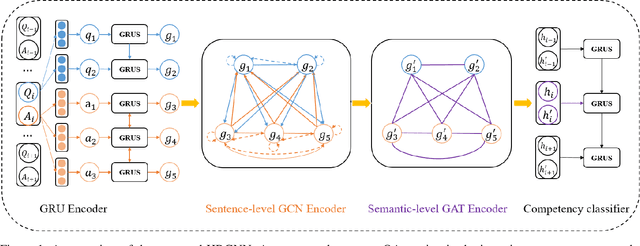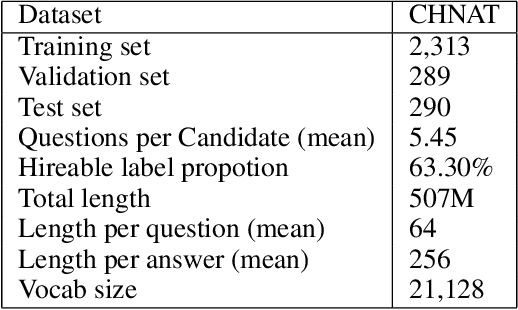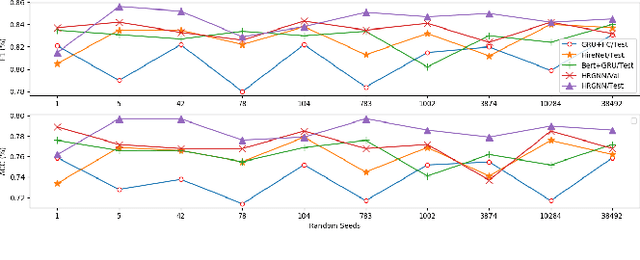Meng Niu
SFCNeXt: a simple fully convolutional network for effective brain age estimation with small sample size
May 30, 2023Abstract:Deep neural networks (DNN) have been designed to predict the chronological age of a healthy brain from T1-weighted magnetic resonance images (T1 MRIs), and the predicted brain age could serve as a valuable biomarker for the early detection of development-related or aging-related disorders. Recent DNN models for brain age estimations usually rely too much on large sample sizes and complex network structures for multi-stage feature refinement. However, in clinical application scenarios, researchers usually cannot obtain thousands or tens of thousands of MRIs in each data center for thorough training of these complex models. This paper proposes a simple fully convolutional network (SFCNeXt) for brain age estimation in small-sized cohorts with biased age distributions. The SFCNeXt consists of Single Pathway Encoded ConvNeXt (SPEC) and Hybrid Ranking Loss (HRL), aiming to estimate brain ages in a lightweight way with a sufficient exploration of MRI, age, and ranking features of each batch of subjects. Experimental results demonstrate the superiority and efficiency of our approach.
A Hierarchical Reasoning Graph Neural Network for The Automatic Scoring of Answer Transcriptions in Video Job Interviews
Dec 22, 2020



Abstract:We address the task of automatically scoring the competency of candidates based on textual features, from the automatic speech recognition (ASR) transcriptions in the asynchronous video job interview (AVI). The key challenge is how to construct the dependency relation between questions and answers, and conduct the semantic level interaction for each question-answer (QA) pair. However, most of the recent studies in AVI focus on how to represent questions and answers better, but ignore the dependency information and interaction between them, which is critical for QA evaluation. In this work, we propose a Hierarchical Reasoning Graph Neural Network (HRGNN) for the automatic assessment of question-answer pairs. Specifically, we construct a sentence-level relational graph neural network to capture the dependency information of sentences in or between the question and the answer. Based on these graphs, we employ a semantic-level reasoning graph attention network to model the interaction states of the current QA session. Finally, we propose a gated recurrent unit encoder to represent the temporal question-answer pairs for the final prediction. Empirical results conducted on CHNAT (a real-world dataset) validate that our proposed model significantly outperforms text-matching based benchmark models. Ablation studies and experimental results with 10 random seeds also show the effectiveness and stability of our models.
 Add to Chrome
Add to Chrome Add to Firefox
Add to Firefox Add to Edge
Add to Edge